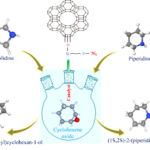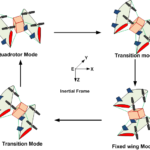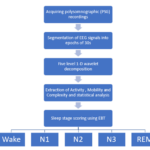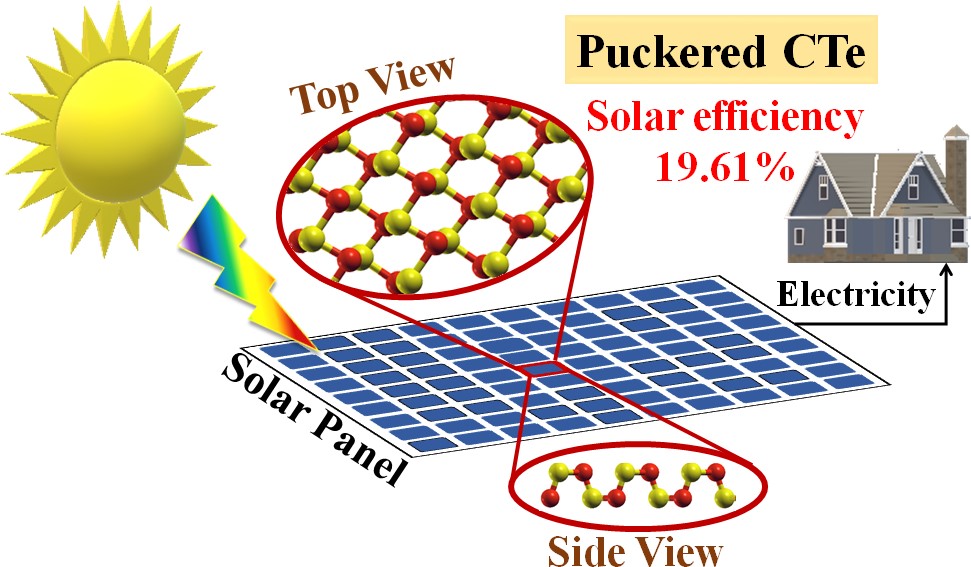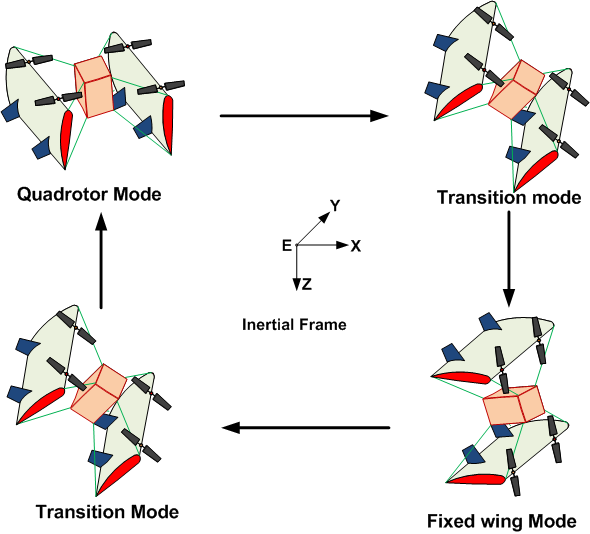This work was carried out by the research team led by Dr. Dheeraj K. Singh with his Ph.D. students, Mr. Amit Bhojani and Dr. Hardik L. Kagdada from IITRAM, and collaborator Prof. Rajeev Ahuja (Uppsala University, Sweden, and IIT Ropar, India).
Energy harvesting/scavenging is the process of capturing small amounts of energy from renewable sources. In the past few years, energy harvesting has become one of the most growing interests in the research field because of the constant demand for electricity for humankind development. On the other side, the continuous use of non-renewable resources like fossil fuels and coal gives rise to several environmental damages, such as an increase in greenhouse gases that further increase global temperatures. Furthermore, the available amount of non-renewable energy sources on earth is limited and cannot be reproduced or reused. Therefore, the development and upgradations of new energy generation, conversion and storage devices for a brighter future and a clean environment are highly required. For that, the most efficient, suitable, eco-friendly, and cost-effective methods for producing electricity are the conversion of sunlight and waste heat energy. Among various energy materials, two-dimensional (2D) materials hold a special place in the renewable energy field because of their unique properties and various energy applications. However, the performance and sustainability of 2D materials for such applications are still challenging and require more investigation to further improve the energy conversion efficiency of 2D materials. In that direction, for the first time, the authors of the present work evaluated the solar power conversion efficiencies of 2D carbon-based monochalcogenide (CS, CSe and CTe) materials. The results of this investigation suggest that CTe material has a high solar power conversion efficiency of 19.61% for solar cell applications, whereas CS material shows potential for heat energy conversion devices. This work provides an in-depth insight into the solar and heat energy conversion capabilities of 2D carbon-based monochalcogenide materials at the atomic level.



